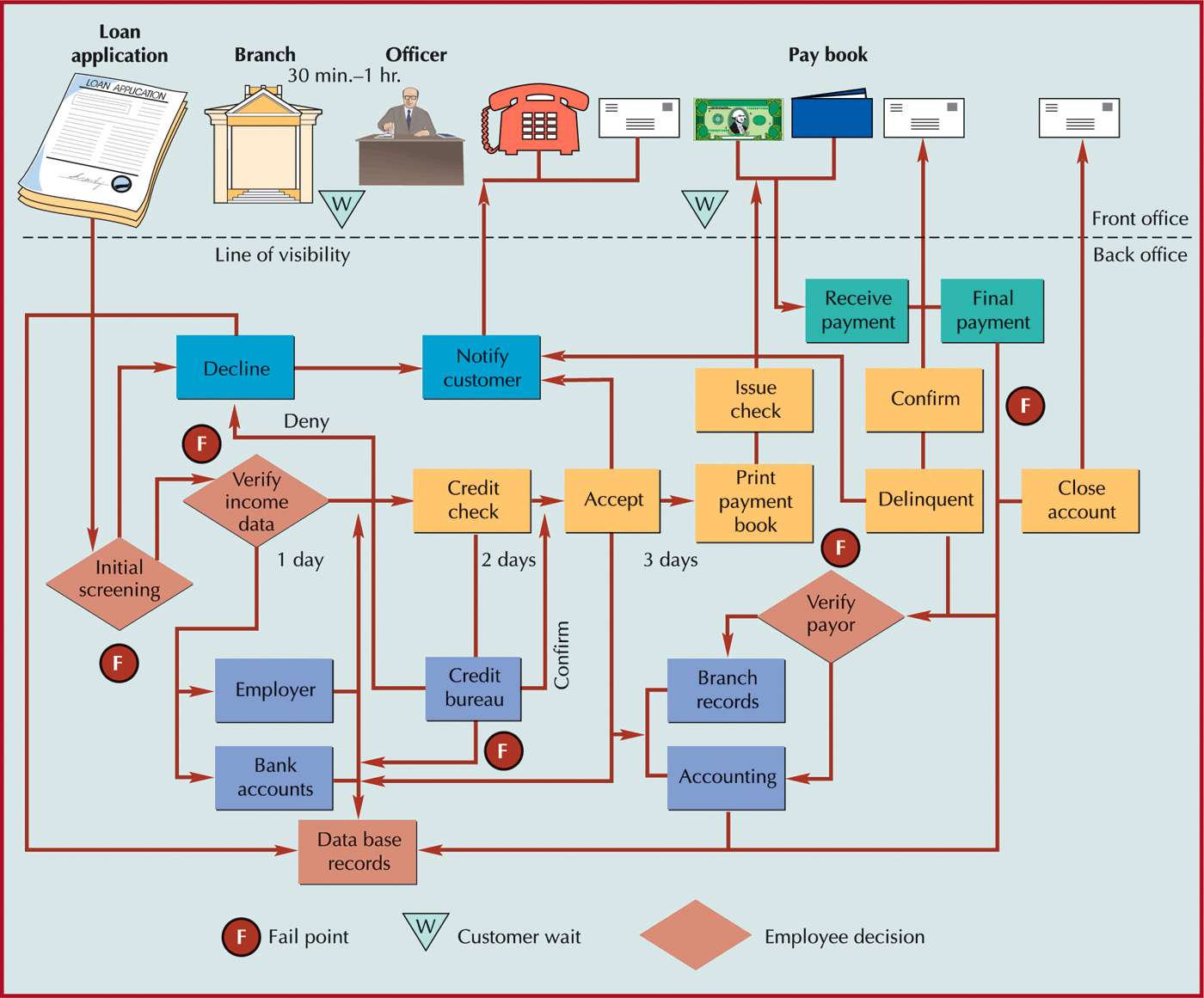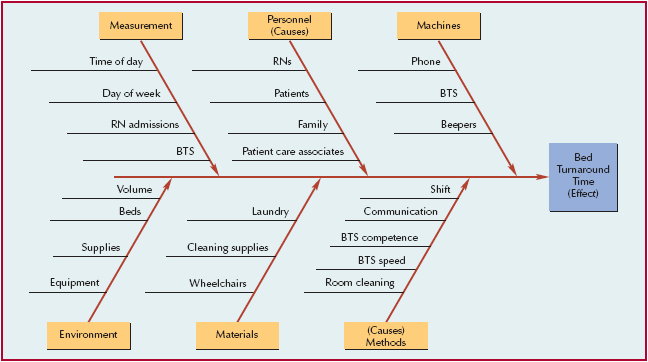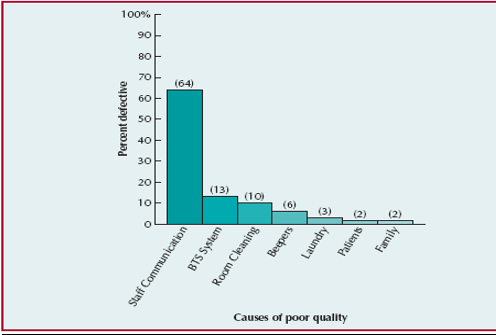Introduction: Operation Systems Efficiency and the Factors That It Depends On
Operation systems efficacy is a complex concept that is comprised of a variety of elements, such as the communication strategy, the services quality, etc. Maintaining the OS efficacy at the necessary level requires monitoring the identified processes closely. Furthermore, unless every single item is in its place, the entire system may fail.
The case of the Telek Benoe Hotel is a graphic example of poor operation systems management. Because of an inadequate choice of the OSM tools, the company ended up delivering a very low-quality performance. Unless the company CEO reconsiders the information management process, the corporate values, the quality standards, and the organizational behavior patterns, the company is likely to collapse quite soon.
Corporate Social Responsibility Issues at the Telek Benoe Hotel
Considering the problems at the Telek Benoe Hotel, one must mention a complete lack of Corporate Social Responsibility (CSR) as its key problem. By definition, CSR implies that the firm should promote self-regulation among the staff members actively. In other words, according to the SCR philosophy, the employees have to act on behalf of the organization with the needs of the company in mind. The case of Telek Benoe, however, shows the exact opposite situation. Instead of offering their best services, the employees disregarded the basic needs of their clients. Consequently, the company’s reputation suffered significantly (Amaeshi, Nnodim, and Osuji 2013).
Customer Value (Courtesy)
Similarly, a case in point demonstrated zero customer value. The lack of focus on the needs of the visitors shows that the customer value could use significant improvement. According to the existing definition, the idea of customer value is rather broad. However, it implies that the company should offer a unique proposition to the target audience. The firm may suggest that the clients should consider the services of the finest quality, an original and unforgettable experience, etc.
The focus, however, must remain on maintaining customer engagement and loyalty rates high. Telek Benoe, however, did not promise anything exclusive, to begin with. Furthermore, even the standard options that it guaranteed turned out to be below the stated level. Therefore, customer value is the second most important priority after customer satisfaction.
Involvement Issues
Likewise, the involvement issues are beyond deplorable at Telek Benoe. As the case showed, the employees of the hotel were completely uninterested in whether the guests arrived safely and even if they could actually enter the premises. The similarly low involvement rates could be observed as the rest of the services were provided. For instance, the room that Wendy and Peter received after they were allowed in the hotel did not meet not only their standards but also the common concept of sanitary norms. Furthermore, the room that they were finally provided with also failed to meet their expectations. The hotel staff did not simply fail to create a good first impression. In addition, they made it clear that they did not care about making up for their mistake.
Low involvement rates affect the hotel negatively. Once being provided with the services of the identified quality, the guests are likely to avoid the company in the future. Therefore, the staff’s motivation and involvement must be improved. As a result, the quality of the services will rise.
Timeliness and Completeness
Needless to say, the services that Peter and Wendy received were neither timely nor complete. Starting from the food that they were provided with to the checking-out procedure, the staff was consistently failing. As a result, the overall impression of the company’s performance was very bad.
Detecting the Problems in the Company’s Design: Operations Management Theory
Service Process Matrix
By definition, the Service Process Matrix (SPM) allows determining the quality of the services provided. As the chart below shows, the services at Telek Benoe leave much to be desired. Most of them are low-contact and, therefore, low-quality. Particularly, the quality control is executed very poorly.
As the table above shows, both the high- and low-contact services are provided at a very poor level.

As the Service Blueprinting model shown above indicates, there must be consistent control over the essential processes in the organization. The employee decisions are made only at several points of the service delivery. Furthermore, these choices have to be based on corporate values and the core mission of the organization.
The services that the Telek Benoe Hotel offered, however, does not seem to have rigid control over it. For instance, financial transactions are overlooked. As a result, the customers’ needs, as in Wendy and Peter’s case, are often overlooked. For instance, the payment-related processes seem to be hampered in the organization. As the map provided above shows, it is important to make sure that the payment-related processes should occur at three crucial levels.
Although the process of receiving payment seems quite standard at the hotel, the stage involving the acceptance or decline of the payment needs improvement as the money provided by the customers for their lunch was not registered anywhere. Which is even more important, the feedback stage was omitted completely. Instead of informing Wendy and Peter about the alleged fail of the payment, the organization managers postponed the analysis of the case until the departure date.
Six Sigma Framework
As explained above, the Six Sigma Model, designed by Thomas Pyzdek, offers two key models of quality improvement. DMAIC (Define, Measure, Analyze, Improve, Control). Although the two models are often viewed as interchangeable, they, in fact, are used on different occasions. Particularly, the DMADV model is only used when a new product must be introduced. Since the Telek Benoe Hotel does not need to design a new product or service, it will have to follow the DMAIC model.
As stressed above, the “Define” process will have to start with the identification of the potential problems, which concern the lack of focus on customer satisfaction and the absence of motivation among the staff. The “Analyze” stage will require locating the factors that determine the employees’ attitude toward the demands of the clients. For instance, the company’s CEO might want to look into factors such as the promotion of corporate values, the leadership strategy used, etc. (Kubiak and Benbow 2009).
Control and Communication
When considering the problems that the company currently has in its design, one must mention the issues of control and communication. It is important to address the two simultaneously as they are closely related to each other. Particularly, the control process must be executed at several stages involving communication with the customer and between the company managers. The former clearly presented an issue as the company employees were unwilling to talk to the guests at all.
In addition, the complaints about the issues that the visitors were having with the services were not delivered to the corresponding personnel, although Peter and Wendy contacted the staff. Therefore, it can be assumed that the process of receiving and transferring customer feedback from one company employee to another is managed very poorly at the Telek Benoe Hotel.
The communication issue, in its turn, should be renewed after a tighter control over the essential operations is provided. According to the case study, the owner of the hotel had no idea about the problems that customers were having with the staff. Therefore, it can be concluded that there are very poor reporting and monitoring framework in the identified enterprise. To improve the efficacy of the operations management, one will have to make the corporate processes as clear as possible. Particularly, it is essential to make the performance results, as well as customer satisfaction rates, visible to the company leaders and managers.
Recommendations: What Can Be Done to Improve the Services
DMAIC Model
Needless to say, the Telek Benoe Hotel leaders will have to reconsider the current approach toward providing guests with hospitality services. Otherwise, entrepreneurship will suffer significant damage. Furthermore, the company may finally face bankruptcy unless it increases its customer satisfaction rates. Since the hospitality industry is quite competitive, other firms may attract the target audience. As a result, the Telek Benoe Hotel will face a drop in revenues and popularity.
The Six Sigma framework mentioned above can be used to improve the company’s performance. Designed by Thomas Pyzdek, the philosophy is traditionally used to improve quality. The DMAIC model should be considered as the tool for increasing the efficacy of service delivery. First, a system of the required values and principles for the company members to follow must be designed. Primarily, there is a strong need to enhance a customer-focused approach.
Customer satisfaction and feedback collection and analysis must be viewed as the company’s top priorities. Afterward, the measurement tool must be designed to evaluate the efficacy of the staff’s performance. Customer surveys can be viewed as one of the possible means of assessing the change. However, one must admit that the identified tool is likely to deliver information based on very subjective opinions. Therefore, along with customer surveys, regular assessments must be carried out.
The performance of the employees will be evaluated on a ten-point scale based on the quality indicators such as the speed of the service delivery, compliance with the customer’s specific requirements, and the use of the available resources. The analysis phase, which the DMAIC system requires, will be conducted as both a qualitative and a quantitative assessment. The former will serve as the tool for locating the factors that shape the guests’ satisfaction rates. The latter will be used to determine the tendencies in the quality changes that the entrepreneurship experiences. The results of the analysis will serve as the implications for the decision-making process and the location of the operation management strategies to be used in the future.
Finally, the control phase will involve the use of the tracking tools that will help locate the emergent quality issues. For instance, it may be necessary to use a combination of control charts and a scatter diagram. The latter will provide premises for determining a general tendency. The former, in its turn, will help locate the slightest changes in the quality of performance. More importantly, it will isolate the instances at which the quality-related change occurs in the organization. As a result, the factors that contribute to the change can be determined. As soon as the essential external and internal negative factors are known, the strategy for mitigating their influence can be created (Pyzdek and Keller 2014).
Total Quality Management
The TQM model is another tool that can be used to improve the hospitality-related services at the Telek Benoe Hotel. It should be borne in mind, though, that TQM is often used along with the Quality Management System (QMS). Whereas TQM is a philosophy that implies a customer-oriented approach, the QMS is the system in which quality improvement is possible. For Tenek Benoe, the use of the TQM and the QMS framework will imply a focus on four primary goals.
First, the idea of a constant quality improvement must be promoted to the employees. Next, customer satisfaction must be viewed as the company’s key priority. Additionally, the identified goals are expected to be achieved through teamwork and collaboration. Finally, management support will have to be provided to monitor the changes. The use of teamwork and cooperation will serve as the foil for promoting a more elaborate strategy of transferring essential information.
Indeed, as the case study shows, there is an urgent need to introduce a better data management strategy (for example, the fact that the staff members kept forgetting and ignoring the couple’s requests should be viewed as the reason for the change). The management support, in its turn, should be viewed as guidance for the employees to deliver the services of the best quality. For instance, the hotel managers should focus on distributing roles and responsibilities among the staff and schedule the corresponding activities so that the room services, the reception process, etc., should meet the stated standards.
Deming’s Model
Deming’s Model is another framework that can be used to promote quality improvement in the organization. Although fairly simple, it may serve as a supplementary tool for quality enhancement. According to the traditional concept of the model, our steps must be taken to promote change. These are planning, doing, checking, and acting. Although seemingly simple, it provides numerous opportunities for quality improvement.
For example, the introduction of the concept of planning into the hotel’s design will help address the time management issue. As the case study has shown, the personnel of the organization could use a significant update of their time management framework. Additionally, the use of a well thought out plan will help assign the staff members the corresponding role sand responsibilities in an appropriate manner. The specified step will create opportunities for reducing the waiting time for the customers as well.
However, in a case in point, the planning process should be executed on all levels, including the service provision, the overall organizational management level, and the redesign of the corporate values. The later is crucial in the quality improvement process as the person needs to realize the significance of making a good impression. The checking stage, in its turn, will have to be implemented at two levels. First, managers must supervise the performance of the staff members with the subsequent reporting to the company’s CEO, CFO, and CTO. Next, the latter, there will need to consider the performance indicators and provide the required feedback. Thus, the supervision process will be more efficient, with fewer omissions of essential information. The acting stage, in its turn, will imply that the staff members should receive instructions based on the analysis of their performance and strive to complete them (Choi 2014).
Control Tools: CAD and Pareto Analysis
As stressed above, it is important to make sure that the hotel employees comply with the newly set rules. Therefore, tighter control over the internal processes must be executed. The process of controlling the staff members, as well as the operations and service quality, will have to be twofold. First, the factors that affect the quality rates and the levels of customer satisfaction must be identified. The process of locating the causes of customer satisfaction and the effects that they have on the latter may be conducted with the help of a cause-and-effect diagram. The title of the tool is self-explanatory.
As a rule, it is represented by a diagram with a range of arrows representing the causes and pointing to the effect that they have on the operations. The tool in question will help determine the way in which the changes in equipment, leadership strategies, resources used, and the corporate environment have on the customer loyalty levels in the organization (Wysocki 2013).

The Pareto chart, in its turn, will help get the company’s priorities straight. While the Ishikawa diagram, or the cause-and-effect analysis mentioned above, helps determine the key factors, the Pareto chart allows prioritizing them. Therefore, the two tools will complement each other, helping the managers at the Telek Benoe Hotel (Arnold 2015).

References
Amaeshi, Kenneth, Paul Nnodim and Onyeka Osuji. 2013. Corporate Social Responsibility, entrepreneurship, and innovation. New York, NY: Routledge.
Arnold, Barry C. 2015. Pareto distributions. Chicago, IL: CRC Press.
Choi, T. M. 2014. Fashion retail supply chain management: A systems optimization approach. Chicago, IL: CRC Press.
Kubiak, Thomas M. and Douglas W. Benbow. 2009. The Certified Six Sigma Black Belt handbook. 2nd ed. Milwaukee, WI: ASQ.
Pyzdek, Thomas and Paul Keller. 2014. The Six Sigma handbook. 4th ed. New York, NY: McGraw-Hill.
Wysocki, Robert K. 2013. Effective project management: Traditional, agile, extreme. New York, NY: John Wiley and Sons.
